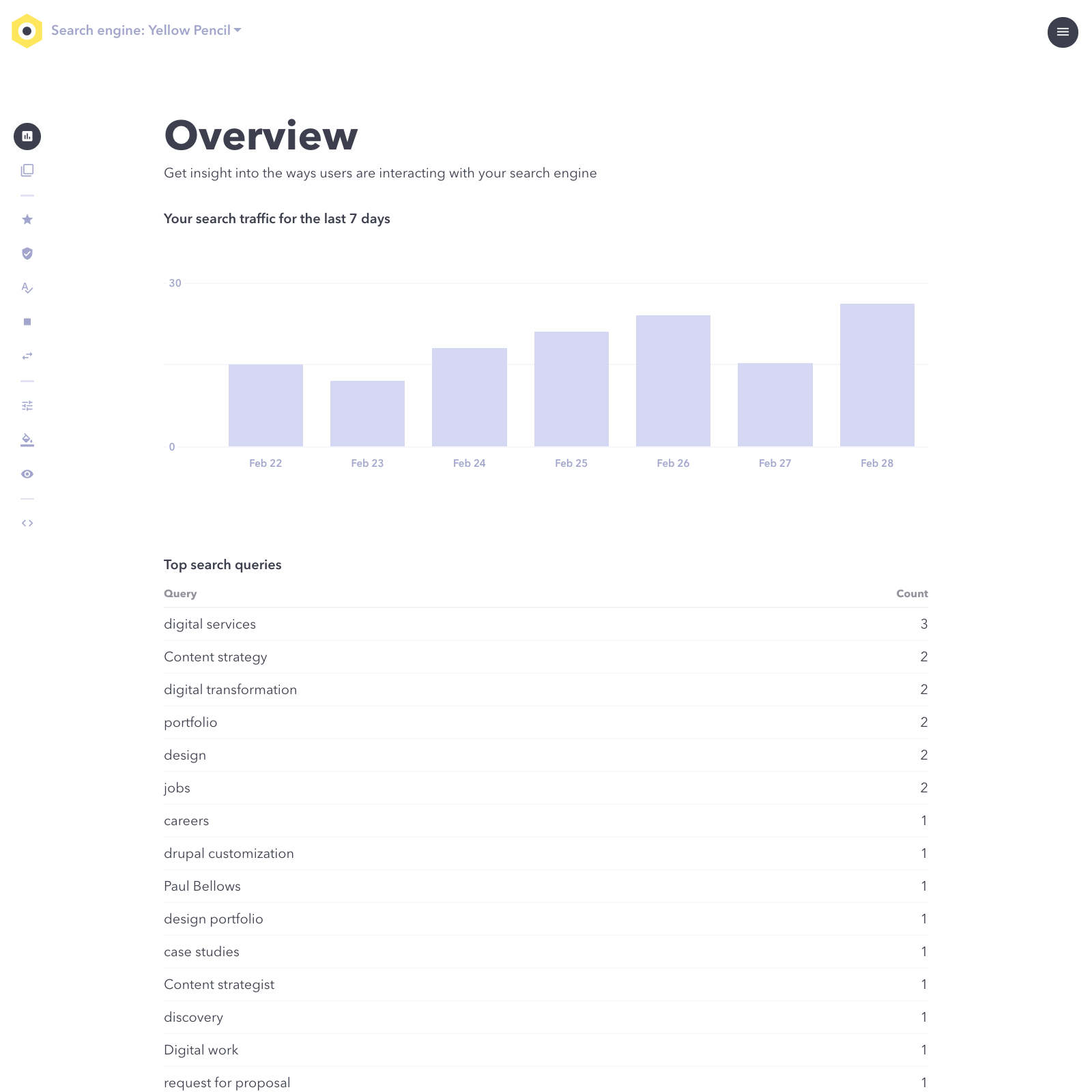Writing for Search : improve your site search results with better content

Site search tools can help people find your content — but is your content ready to be found?
Here are 4 things you can work on to increase the relevance of search results on your site:
Write unique, concise, descriptive page titles
In our search results, each page’s title is set in large, bold text, making it easy to spot. This makes it easy for users to scan the list and find the result most relevant to them without reading each one. But this it only works if your page titles are clear, unique, concise, and descriptive. Ask yourself these questions:
- Is the title clear enough to make sense out of context?
- Can a casual reader distinguish each page title from the others in your search results?
- Is the title written in simple, easy-to-read language?
- Does the title give a good sense of the page it represents?
If you can’t answer “yes” to each of those questions, your users won’t get what they need from your site search. And neither will you.
Write a plain-language meta description for every page
A meta description is a short line of text that describes a webpage’s content. Though it’s not shown as part of the content of the page itself, it’s picked up by search engines when they crawl your site.
Sometimes a page content won’t contain any terms matching the user’s search, but will still be relevant. If the page has a meta description that does contain a matching term, OnPoint shows it right in the results. That makes it more likely that users will find what they’re looking for. And it’ll make it a lot easier for people using other search engines to find you, too.
Make sure your meta descriptions briefly summarize the page’s content. Also try to include important keywords that aren’t already in the page’s title.
Use the words your users use
Another way to improve the quality of your search results is to use the same words your audience uses.
Content authors sometimes use special terms that most people don’t understand or use. For example, a lot of city websites include content about garbage collection. Content about schedules, sorting, or where to take large items, is very useful for citizens.
Here’s the catch: city staff tend to use the term “waste,” but most people use words like “garbage,” “trash,” or “rubbish”. If all the relevant pages refer to “waste,” people searching for “garbage” won’t find what they’re looking for. You’ll have wasted not only their time, but also the work of getting that content online in the first place.
The “Synonyms” feature in OnPoint Search allows you to create associations between words. If you create a Synonym for “waste” and “garbage”, OnPoint will search for both terms together. As useful as this feature is, it’s even more effective to speak to your audience with the words they use themselves. Content authors should use popular search terms in the main content of their pages.

Name and structure your documents
OnPoint Search has the ability to crawl text and PDF documents as well as website content. There are a couple things you can do to improve how your documents show up in search results.
Avoid generic labels like “Download PDF,” or “Click for more”. Taken out of context, those labels are meaningless, they give users nothing to go on. Without downloading the document, your users have no way of knowing what the document’s about. Always include the title of a document wherever you link to it.
Meta descriptions can also play a role here. Adding the document’s title to the meta description will help make sure it’s surfaced when relevant.
If users are still struggling to find documents on your site, you may need to re-format your documents. OnPoint Search can crawl the textual content of files, but it can’t read images. Make sure that the text in your documents really is text, not just a picture of text. Use popular search terms in the title, meta descriptions, and content of documents.



